7 minute read
The most successful Test partnerships of all time are easy enough to identify. For one thing, they’ll regularly crop up in conversation-fuelling TV graphics whenever a wicket is hard to come by. For another thing, if they happened during your lifetime, you’ll no doubt have lots of memories of the two players batting together. As for the least successful Test partnerships – well they’re pretty easy to guess. (Clue: they’re going to involve a lot of number 11s.) What we’re looking at today are the most surprisingly unproductive batting partnerships. Who do they involve?
The focus here is this: combinations of otherwise decent batters who, for some reason or other, didn’t actually score that many runs together.
Partners
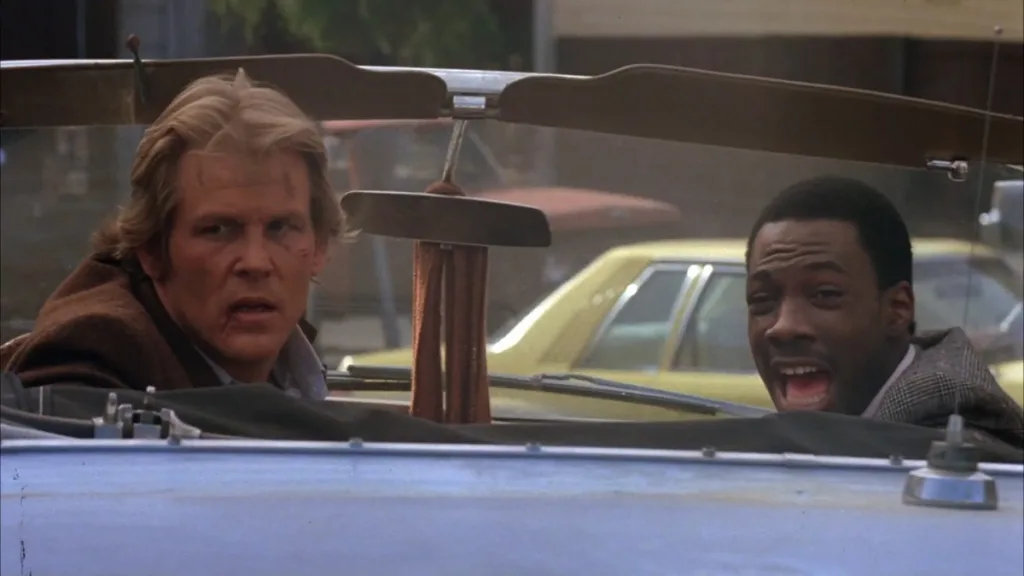
It is slightly mad but also entirely true that “buddy cop” is a widely recognised film genre. It seems such a specific thing – having two police officers and their relationship serving as the central pillar on which a whole film is built – but it’s a sufficiently reliable setup that it’s been repeated again and again and again.
The premise was really cemented in the 1980s, when we got all of the following…
- 48 Hours: Black convict Eddie Murphy works with racist cop Nick Nolte to catch a couple of criminals within a day or two. (Some of the stuff Nolte’s character says is absolutely incredible to modern ears. Then near the end he says he didn’t really mean it and it’s apparently all fine.)
- Beverly Hills Cop: Streetwise, fast-talking, rule-bending Detroit cop Eddie Murphy works with fearful, by-the-book, Beverly Hills cops Judge Reinhold and John Ashton to solve a murder. (Ashton, who plays Detective Sergeant John Taggart was actually only about 35 when the original Beverly Hills Cop was filmed, but looked older. In our head, he had grey hair, but looking back this was not in fact the case – it was just that particular shade of pale that looks like grey if you’re slapping back. A new Beverly Hills Cop came out this year. Ashton, who is now 76, hasn’t really slapped-back any further, but rather strikingly now has JET BLACK HAIR.)
- Lethal Weapon: Two LA detectives – suicidal widower Mel Gibson and contented family man Danny Glover – work to solve a murder. (Lethal Weapon also features Gary Busey, who went on to star alongside Keanu Reeves in the buddy-cop-adjacent Point Break. Point Break is silly and great – probably Patrick Swayze’s second-finest film after Roadhouse.)
- Red Heat: Arnold Schwarzenegger is a Soviet policeman (“Ivan Danko”). Jim Belushi is a Chicago police detective (“Art Ridzik”). They work together on a drug case for reasons.
- Tango and Cash: The flat facts of Wikipedia sum this one up perfectly. “In Los Angeles, Lieutenants Raymond Tango (Sylvester Stallone) of the Westside and Gabriel Cash (Kurt Russell) of the Eastside are considered the best detectives in the Los Angeles Police Department, where they are both assigned to the Narcotics Division and lauded for numerous successful and daring drug busts across Greater Los Angeles. However, they are opposites in almost every way and are intense rivals, each considering himself to be better, despite having never met.” (We haven’t watched Tango and Cash in a few years, but we remember it as being an especially good example of how these films used to make jarringly seismic tonal shifts. Quite often they’d come across as essentially lightweight comedies and then in the next scene someone would be brutally murdered in a prison.)
- Turner and Hooch: California cop Tom Hanks investigates a murder alongside the only witness to it, who is, by the way, a dog.
The key element in all of the above relationships is contrast, the differences providing a lively dynamic you wouldn’t get if both parties were cut from the same cloth.
Similarly, batting partnerships are not simply a matter of addition. It’s not as straightforward as combining the career records of Player A and Player B to accurately predict how well they’ll bat together. All sorts of things go into it.
A case in point, the average partnership between Kevin Pietersen and Alastair Cook was 64.69; the average partnership between Pietersen and Andrew Strauss was 28.02. We suppose there’s a personal element to batting with someone.
Another example: Cheteshwar Pujara averaged 62.51 batting with Murali Vijay and 21.17 batting with KL Rahul. Perhaps someone with better knowledge of the inner workings of the India team can float an explanation for that one.
Another: If you were an exceptionally good West Indian batter, who would you most want at the other end?
We’ll tell you: Dwayne Bravo.
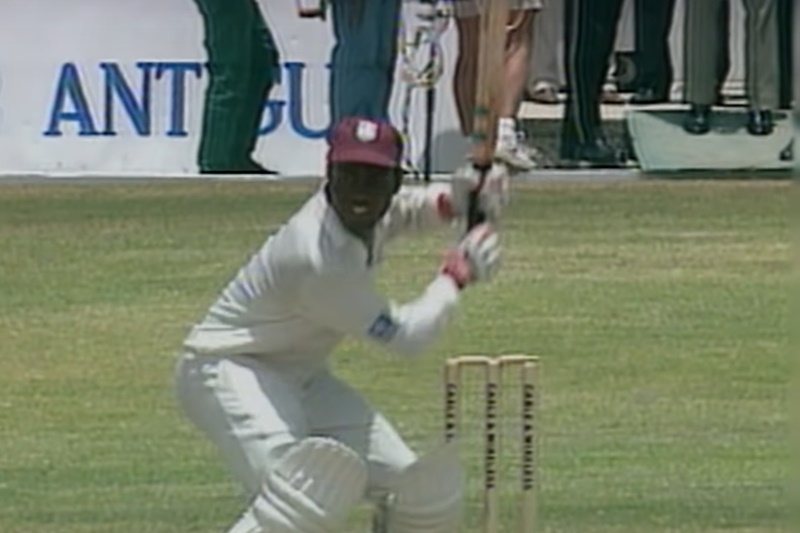
Bravo and Shivnarine Chanderpaul averaged 54.82 together and put on seven century partnerships. The seven occasions when Bravo joined up with Brian Lara, meanwhile, brought three century partnerships and an average of 87.71.
Lara and Chanderpaul were of course both left-hand batters, while Bravo batted right-handed. People often say that helps.
In fact anything that persuades the bowlers to bowl differently to each batter is supposedly beneficial. If one batter’s tall and one’s short, say, or one’s an aggressor and one’s a limpet.
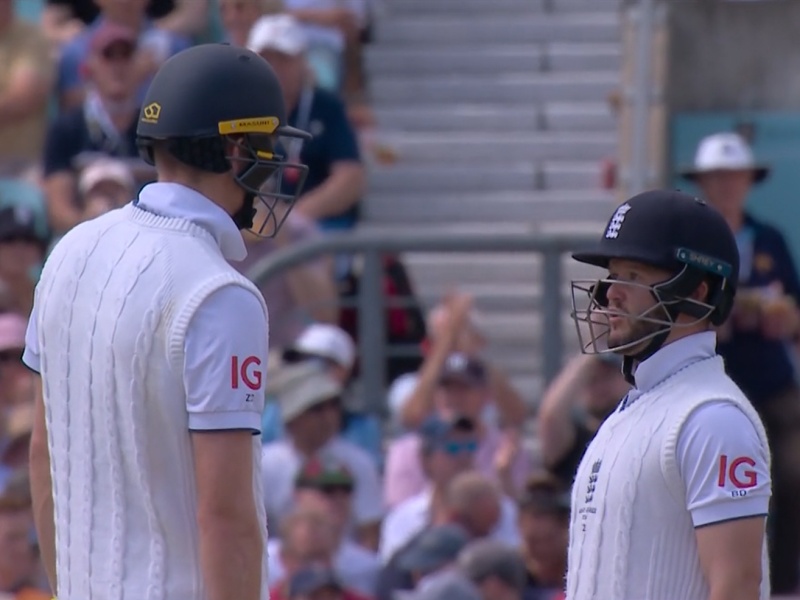
Of course none of things matter much if the two batters don’t take singles, so their appetite for bread and butter nudges into space is a factor too. Back in his early days, when he had a functioning spine, Mike Atherton averaged 53.47 with Graham Gooch in 57 partnerships at the top of the order, their joint productivity largely built on repeatedly getting to the other end.
That leads us nicely onto our first consistently rubbish partnership.
1. Graham Gooch and Mike Gatting
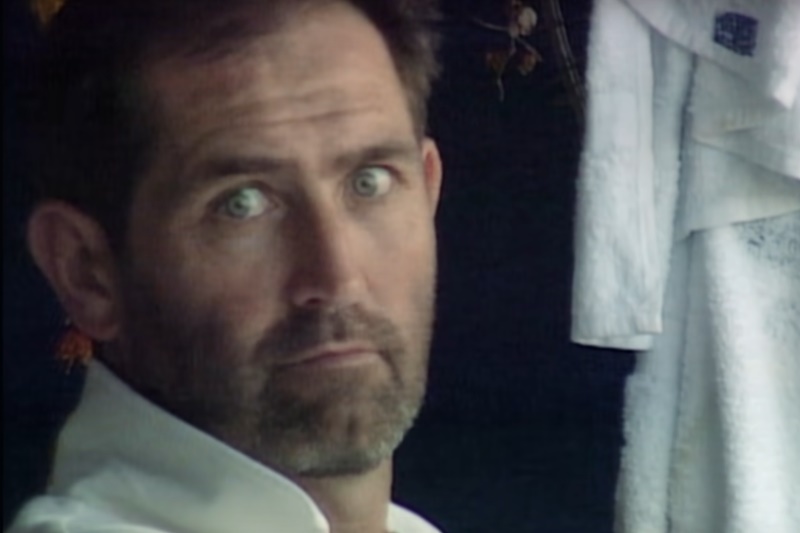
Gooch and Gatting were two stalwarts of England’s Test batting line-up in the 1980s. It’s therefore somewhat surprising to learn that they made fewer runs together than Brad Haddin and Peter Siddle.
This is partly because they only actually batted together 20 times. It is also because their best partnership was only 58. In all, they made 347 runs and averaged 17.35.
In this instance, perhaps the contrast (between Superfit Gooch and Superfat Gatt) somehow aided the fielding side.
Gooch was at the other end when Gatting faced, and was bowled by, Shane Warne’s first delivery in Ashes cricket, by the way (hence the image at the top of the article).
2. Mark Taylor and Matthew Hayden
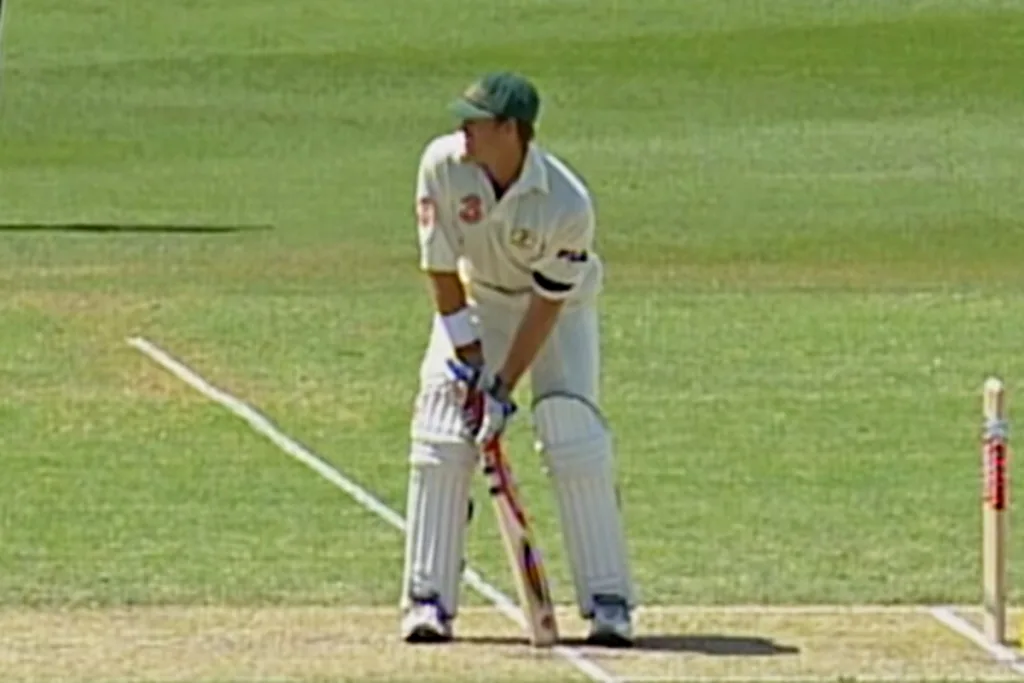
Mark Taylor and Michael Slater averaged 51.14 together with 10 century partnerships.
Matthew Hayden and Michael Slater averaged 43.54 together with three century partnerships.
Matthew Hayden and Mark Taylor averaged 13.20 together with a best effort of 35.
A lot of that can be explained with the words ‘Curtly Ambrose’. Half of Taylor and Hayden’s 10 opening partnerships were against the West Indies. In those matches, Ambrose dismissed Taylor for 7 and 1, and Hayden for 5, 0 and 0.
Hayden did actually make a hundred in one of these Tests, but it was the one Ambrose didn’t play. (In 12 innings in the 1990s, this was the only time Hayden passed 50.)
3. Ian Bell and Andrew Flintoff
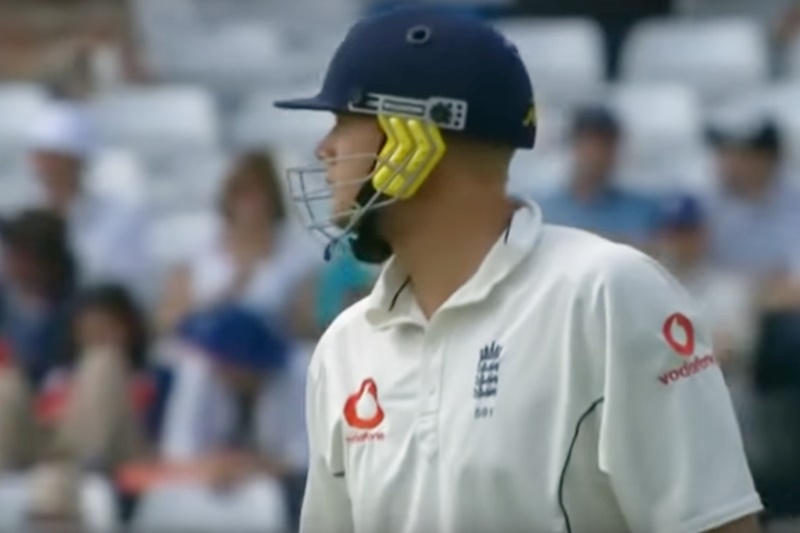
When Kevin Pietersen first came into England’s Test team, there was much excitement about the prospect of him batting with Andrew Flintoff. After a little while, this made way for an assumption that they were bad influences on each other; that their partnerships were vulnerable to descending into Billy Biggest Bollocks competitions with each seeking to outhit the other.
The common refrain from then on was that Pietersen batted best with a low profile partner, like Paul Collingwood, with whom he averaged 60. The sheer unworkability of a Pietersen-Flintoff combo remains such a cast iron fact in our mind, it’s something of a surprise to learn that their average partnership was a more than decent 45.88.
Flintoff and Ian Bell though? Terrible! If they were a buddy cop film, they’d be something like Stop! Or My Mom Will Shoot. They averaged 11.77 together.
This one’s a bit of an oddity though as it owes a lot to the fact they were at the crease together astonishingly rarely – their 27 Tests together resulted in only nine partnerships.
4. Jonathan Trott and Paul Collingwood
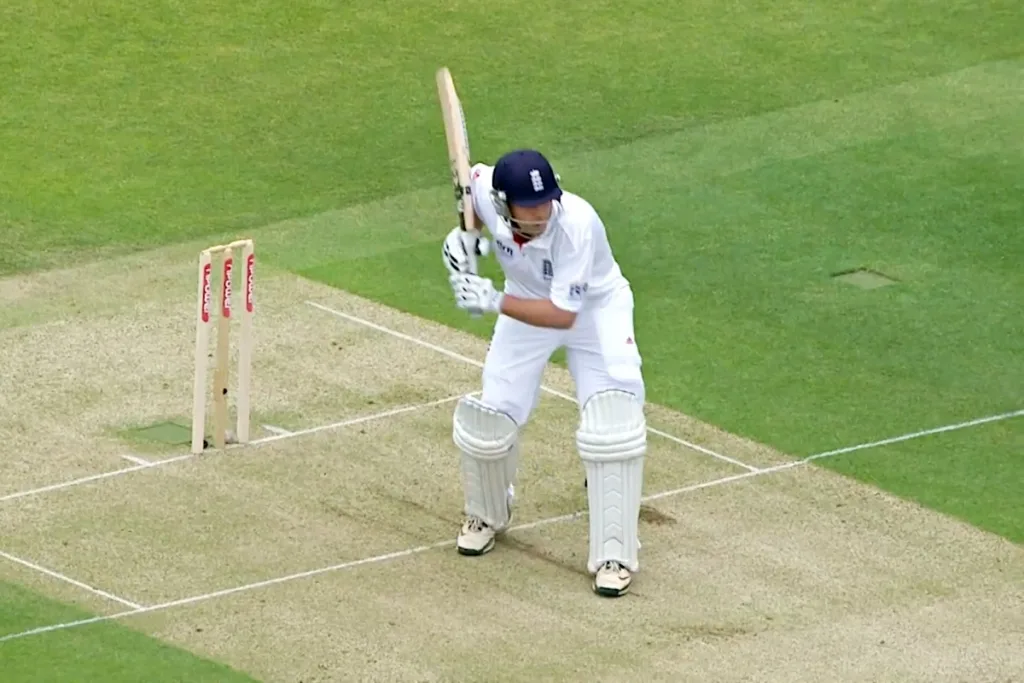
This one’s not dissimilar, but this time perhaps owing itself to a quirk of perception.
Paul Collingwood and Jonathan Trott averaged just 10.11 together – but again from only nine innings.
As well as being two of our favourite slow-burn appeal England cricketers, Collingwood and Trott were of course both famously part of the England team that won the Ashes in Australia in 2010-11. As such, they feel closely linked. However, the truth is that Trott was not much more than a year into his Test career at that point, while Collingwood was too old for this shit and retired at the end of the series.
5. Desmond Haynes and Alvin Kallicharran
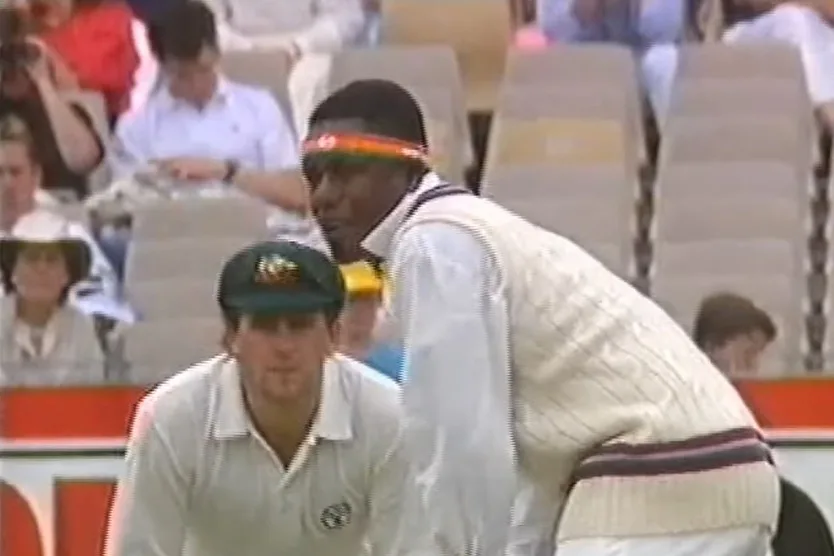
And here’s another one.
What do you get when you combine Desmond Haynes (7,487 Test runs at 42.29) with Alvin Kallicharran (4,399 runs at 44.43)?
You get 87 runs at an average of 10.87.
Just eight innings.
6. Ashwell Prince and Graeme Smith
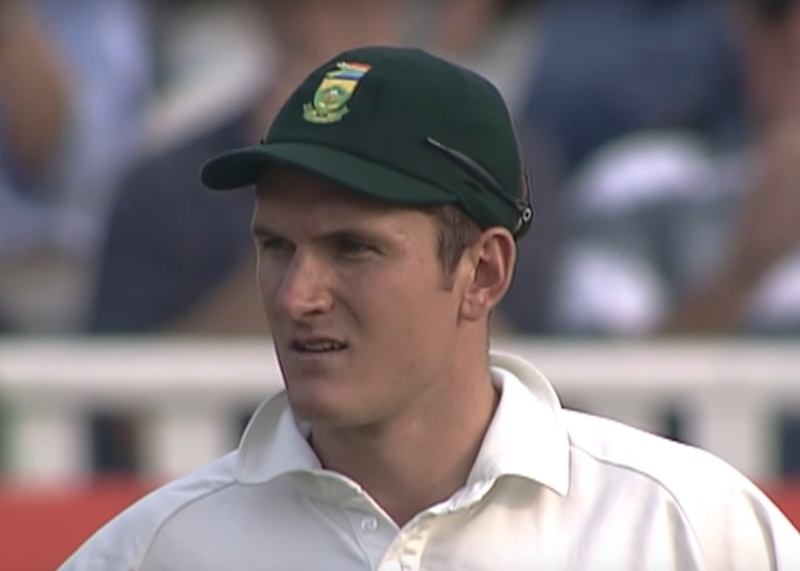
Ashwell Prince and Graeme Smith scored no fewer than 38 Test hundreds between them. The former averaged 41.64; the latter 48.25. Both made their debuts in 2002.
Look at those facts and you’d think they might have made a few runs together.
And they did. Technically. Across 11 partnerships, they made 138 runs with a best joint effort of 36. (Weirdly, on three of those occasions, Smith had either already made or went on to make a hundred.)
Smith and Prince both captained South Africa; both were left-handed; and both appeared to have greeted the concept of stylish batting with the conclusion ‘why risk it?’
There was an admirable mongrel quality to both men’s approach – but perhaps this was a case of too many Hooches and not enough Turners.
[Fade to black as Axel F by Harold Faltermeyer plays]
For more rambling features awash with digressions that pretty much no-one else would publish, back our Patreon campaign (it also helps keep ads off the site).
Signing up for our email would be a decent move too, if you haven’t done that yet.







